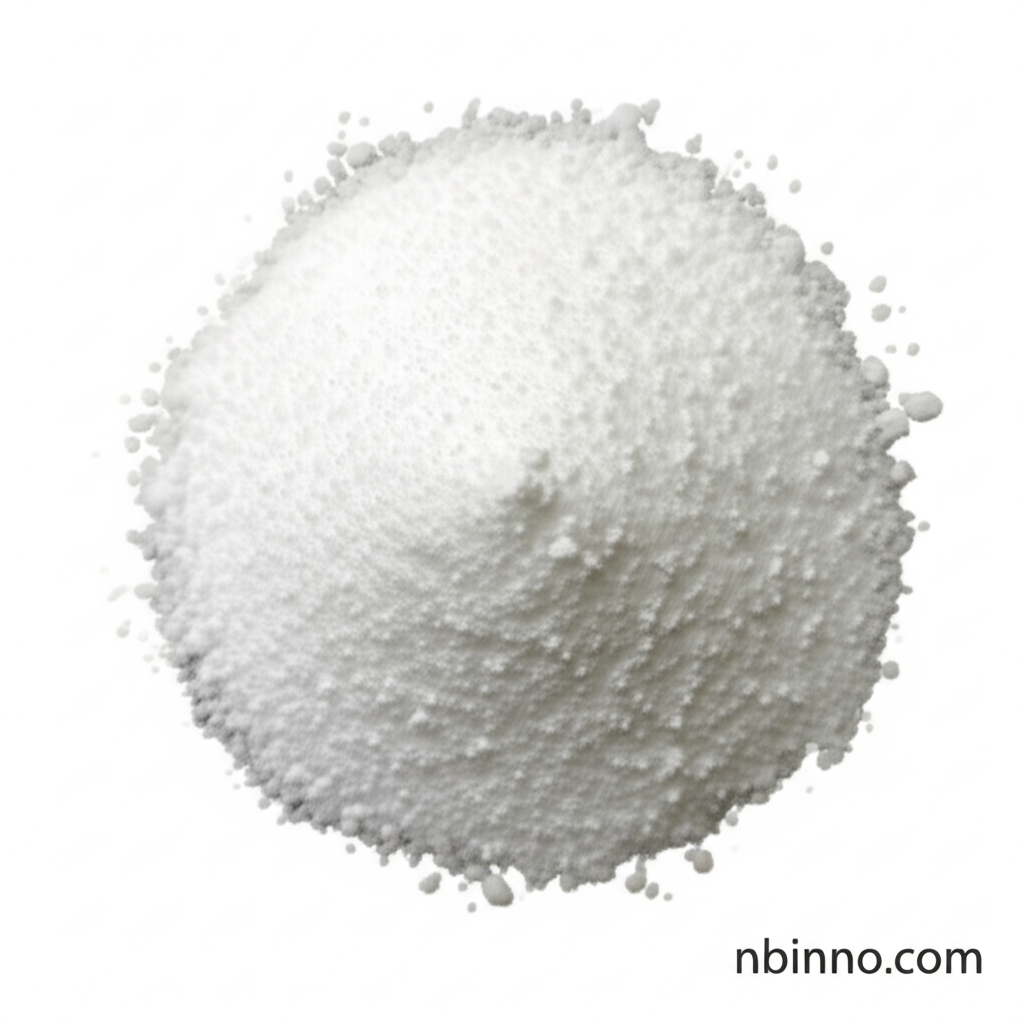Sodium Phenoxide: Properties, Synthesis, Applications, and Safety Considerations
Unlocking the potential of a crucial organic intermediate for your chemical needs.
Get a Quote & SampleProduct Core Value

Sodium Phenoxide
Sodium Phenoxide is a critical organic compound known for its versatile role as a strong nucleophile and base in organic synthesis. Its resonance-stabilized phenoxide anion drives its reactivity in key reactions like the Williamson ether synthesis and Kolbe-Schmitt carboxylation, making it indispensable for creating aryl ethers, pharmaceuticals, and fine chemicals. Its applications extend to advanced materials, including potential uses in hydrogen storage systems, highlighting its importance in diverse chemical research and industrial processes.
- Explore the critical applications of sodium phenoxide in organic synthesis, a key reagent in reactions like the Williamson ether synthesis.
- Understand the intricate mechanism behind the Kolbe-Schmitt reaction, where sodium phenoxide is essential for producing salicylic acid.
- Discover the potential of sodium phenoxide in advanced fields like hydrogen storage materials, a vital area for renewable energy solutions.
- Learn about the spectroscopic and computational methods used to characterize sodium phenoxide, ensuring product quality and guiding further research.
Key Advantages
Versatile Reactivity
Leverage the nucleophilic and basic nature of sodium phenoxide for a wide array of organic transformations, including ether synthesis and esterification.
Catalytic Potential
Utilize sodium phenoxide as a component in advanced catalytic systems, enhancing reaction efficiency and selectivity in complex organic syntheses.
Material Science Applications
Investigate the potential of sodium phenoxide in innovative materials, such as those for chemical hydrogen storage, contributing to energy solutions.
Key Applications
Organic Synthesis
As a key intermediate, sodium phenoxide facilitates the formation of carbon-carbon and carbon-oxygen bonds in reactions like ether synthesis.
Catalysis
Incorporated into catalytic systems, it enhances reaction rates and selectivity for various organic transformations.
Material Science
Explored for its role in developing advanced materials, notably in the field of chemical hydrogen storage for renewable energy.
Pharmaceutical Intermediates
Serves as a precursor for the synthesis of active pharmaceutical ingredients and other valuable organic compounds.
